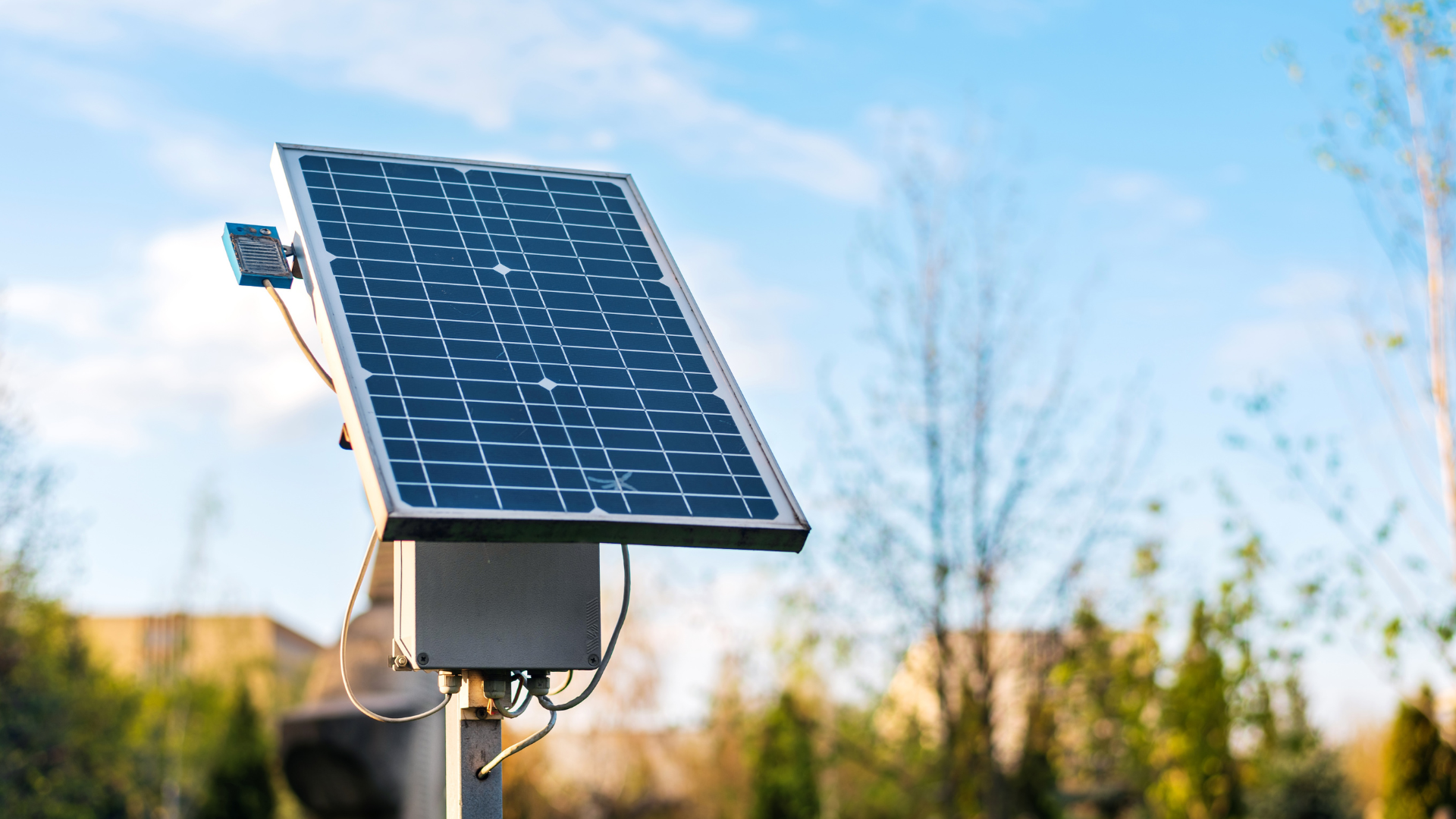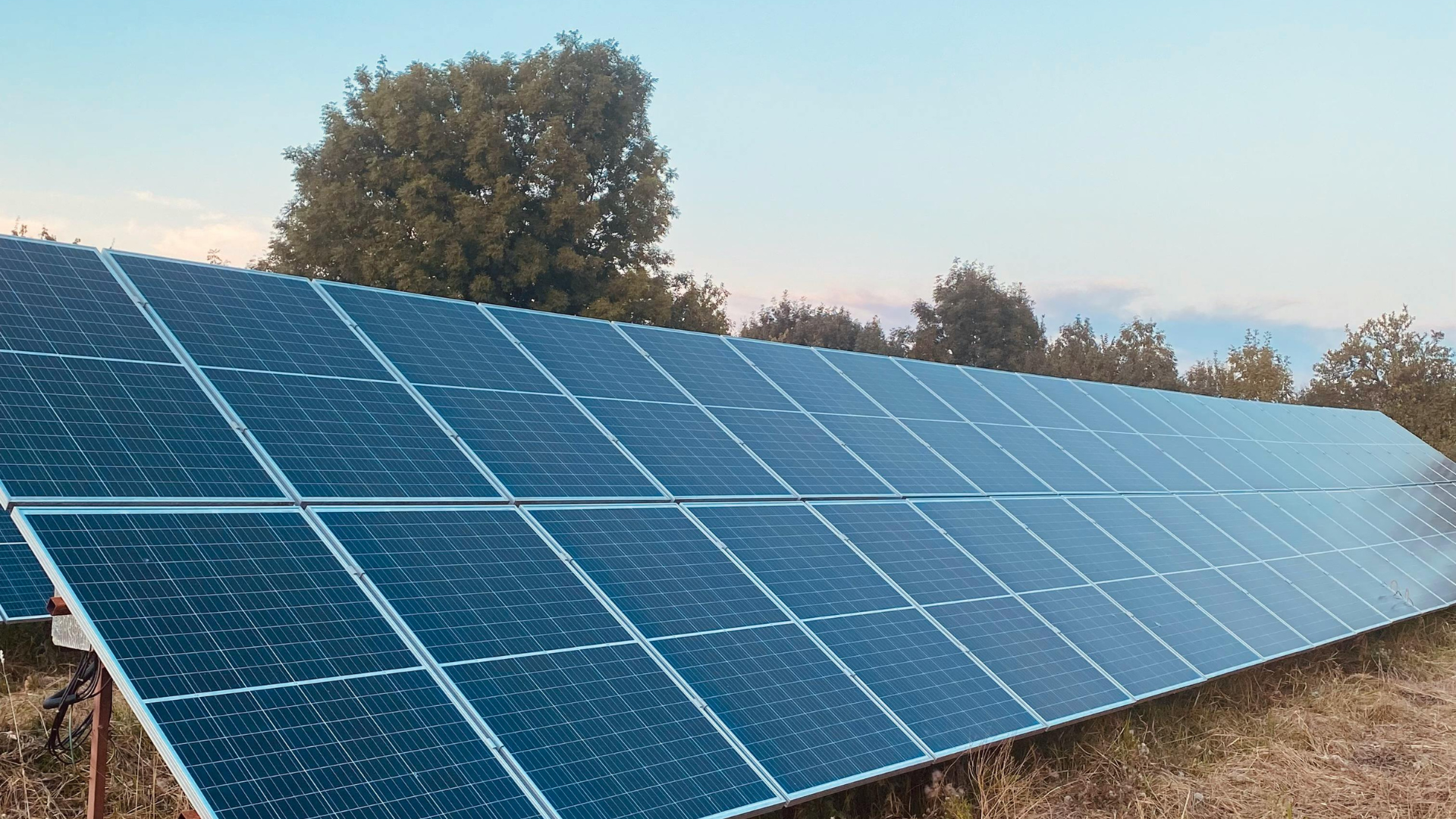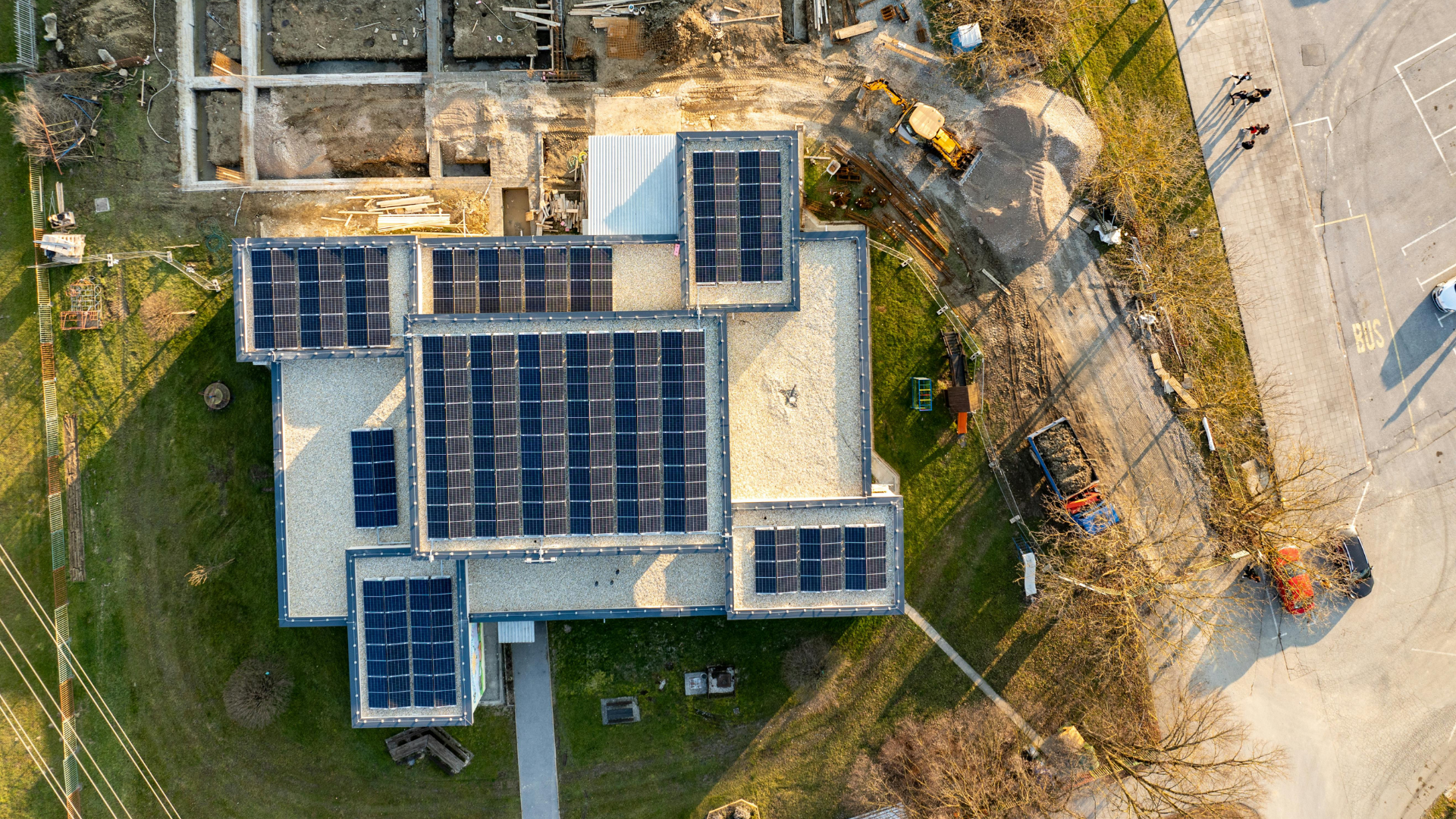October 31, 2023
Solar Panel Output
If you're looking to install a solar panel system in your home or business, it's vital that you understand how to calculate solar panel output and the factors that affect the solar panel output. This article will help you determine how large of a system you need, and how much money you can save on your energy bills.
Today, we will walk you through everything you need to know about calculating solar panel output.
So, let's start!
How many kWh are produced by a solar panel?
The amount of electricity produced by a solar panel depends on several factors, including its size, efficiency, location, and weather conditions. The average solar panel in the United
States produces around 300 watts of power per hour, or 0.3 kWh (kilowatt-hours). However, this number can vary greatly depending on the above factors.
Calculating kWh produced by a solar panel:
To calculate the kWh produced by a solar panel, we need to know its wattage and the amount of sunlight it receives. Here's an example: Let's say you have a 300-watt solar panel that receives an average of 5 hours of direct sunlight per day. To calculate the daily output in kWh, we would use the following formula:
Daily Output (kWh) = Wattage (W) x Hours of Sunlight x Efficiency
In this case, it would be:
Daily Output (kWh) = 300 W x 5 hours x 0.2 (assuming a 20% efficiency) = 3 kWh
This means that on an average day, your solar panel would produce 3 kWh of electricity. Keep in mind that this is just an estimate and can vary depending on many factors.
If we take the average daily output of 3 kWh and multiply it by 30 days, we get a monthly
output of 90 kWh. This is enough to power the average American household for about 2 to 3 days!
However, this number can be significantly higher or lower depending on factors such as energy usage, location, and efficiency. Additionally, if you have multiple solar panels working together, you can produce even more electricity and potentially power your entire home.
Curious how solar companies turn designs into conversions? Discover the best lead management strategies for solar sales teams in 2025—and learn how to bridge the gap between tech and sales!
Bonus: If you’re exploring software options, don’t miss our guide on the top features every solar CRM should have.
Important Factors to consider when calculating solar panel output:
There are many factors to consider when calculating solar panel output manually which can create inaccuracy in the calculation. Let us discuss these factors for solar panel output calculations!
Solar panel efficiency
The efficiency of a solar panel is how much of the energy it produces is converted into usable electricity. Most solar panels have an efficiency rating of between 15% and 20%.
Solar Panel Type and Quality
When it comes to choosing solar panels, there are various options available, such as monocrystalline solar panels and polycrystalline solar panels. Monocrystalline solar panels are known for their higher efficiency and durability.
Investing in high-quality solar panels is crucial, as they can significantly impact the output of your solar panel systems. The type of solar cells used in the panels and their efficiency rating also play a vital role in energy production.
Power Rating
The power rating of a solar panel, measured in watts (W), is a key factor in determining its energy generation potential. Solar panels with higher power ratings can produce more electricity, making them an excellent choice for those looking to maximize their energy production.
Be sure to consider the power rating of the solar panels you intend to purchase, as it will directly impact the maximum power output of your system.
Number of Solar Panels
To calculate energy production, it's essential to determine how many panels you need for your specific energy needs. This depends on various factors, including your location, available roof space, and daily electricity consumption.
A professional installer can help you determine the optimal number of solar panels to meet your energy goals.
Location and sunlight
Consider how the location where you want to install your solar panels will affect their solar panel power output.
For example, if you live in a sunny location, your panels will produce more energy than if you live in a cloudy or foggy area.
Orientation of solar panels
When calculating how many solar panels you need, also take into account the direction they will be facing. Solar panels should always face south to get the most sunlight possible. If your home or business doesn't have a south-facing roof, you may need to install a solar panel tracker to ensure that the panels are always facing the sun.
Maintenance and Cleanliness
Regular maintenance and cleanliness are often overlooked but critical factors in ensuring your solar panels operate at maximum efficiency. Dirty or shaded panels can reduce energy production, so it's important to keep them clean and free from obstructions. An annual inspection and cleaning by a professional can help optimize your solar panel's performance.
If you’re choosing between solar tools, check out this deep dive into solar design vs. solar software to find the right fit for your business.
Solar panel output calculation
The easiest way to calculate how much energy your solar panels will produce is to know two things-
- How many hours of sunlight does your location receive each day
- How many watts your panels can produce
Just Multiply these two numbers together to get your total daily wattage production. For example, if you live in a location that gets six hours of sunlight per day and your solar panels are capable of producing 250 watts each, then you would multiply 6 (the number of sun hours) by 250 (watts per panel) to get 150,000 watts. This means that your solar panels will produce a total of 150,000 watts each day.
How to calculate solar power output?
If you want to calculate the solar panel output per year, you should refer to the formula given below-
E = A * r * H * PR
In this formula,
E = Energy (kWh)
A = Total solar panel area (m2)
r = solar panel yield or efficiency(%)
H = Annual average solar radiation on tilted panels (shadings not included)
PR = Performance ratio, coefficient for losses (range between 0.5 and 0.9, default value = 0.75)
To further explain,
r is the yield of the solar panel given by the ratio: of electrical power (in kWp) of one solar panel divided by the area of one panel.
The module's PR (Performance Ratio) is an essential statistic to assess the quality of a photovoltaic system since it accounts for performance regardless of panel orientation or tilt. It includes all losses.
To further learn about how to calculate the annual energy output of a photovoltaic solar installation, click here!
FAQs
Q1. How Many Solar Panels Do You Need: Solar Panel Size and Solar Output Factors
The number of solar panels you need will depend on how much energy you want your solar systems to produce. If you only need a small amount of energy, then one or two panels may be enough. However, if you're looking to completely power your home or business with solar energy, then you will likely need a larger system.
When calculating the size of your solar panel system, you also need to take into account the output factors of each panel. The output factor of your solar system is how much energy a panel can produce relative to its size.
For example, a small panel that is 12 inches by 12 inches may have an output factor of 0.25, while a larger panel that is 48 inches by 96 inches may have an output factor of 0.50. To calculate the total wattage your system will produce, multiply the number of panels by their respective output factors.
Q2. Why Does Solar Panel Output Matter?
The amount of power your solar panels produce is one of the most important factors in how much money you save with solar. The higher the wattage of your solar panel, the more electricity it will produce each hour. So how do you calculate solar panel output?
There are a few formulas to help you figure out how many watts your solar panels will produce. One is known as “peak sun hours” and takes into account your location's latitude and longitude, as well as average weather conditions for that area. You can also use a calculator that takes into account how efficient your panels are and how much sunlight they receive.
No matter which formula you use, it's important to remember that the results are estimates. Weather conditions and the angle of your panels can affect how much electricity they produce. That's why it's important to have a good estimate of how many peak sun hours you get in your location. Armed with that information, you can choose solar panels that will meet your needs.
Now that you know how to calculate solar panel output, you can figure out how big of a system you need for your home or business. And remember, if you have any questions about solar power, our experts are here to help!
Q3. How Much Electricity Will My Solar Panels Produce?
There is no definitive answer to this question of how much power your solar panel produce as so many factors - such as latitude, climate, and type of PV panel - will impact how much electricity your solar panels produce. However, there are methods of estimating the amount of power your solar array will generate and we've outlined two below.
The first is called "peak sun hours" and takes into account things such as latitude and longitude (location) and average weather conditions for that area. A calculator that accounts for how efficient your PV panels are and how much sunlight they receive can also be used to estimate solar panel output.
Both of these formulas give approximate results so it's important to remember that weather conditions and the angle of your panels will affect how much electricity they produce. That's why it's crucial to know how many peak sun hours you get on an annual basis to accurately size your solar PV system. Armed with this information, you can select the perfect solar panels for your needs.
About Sunbase
Sunbase helps solar companies succeed through a suite of Solar CRM tools! Book your FREE demo or schedule a quick call today!
I agree to receive marketing messaging from Sunbase at the phone number provided above. I understand data rates will apply, and can reply STOP to OPT OUT.







